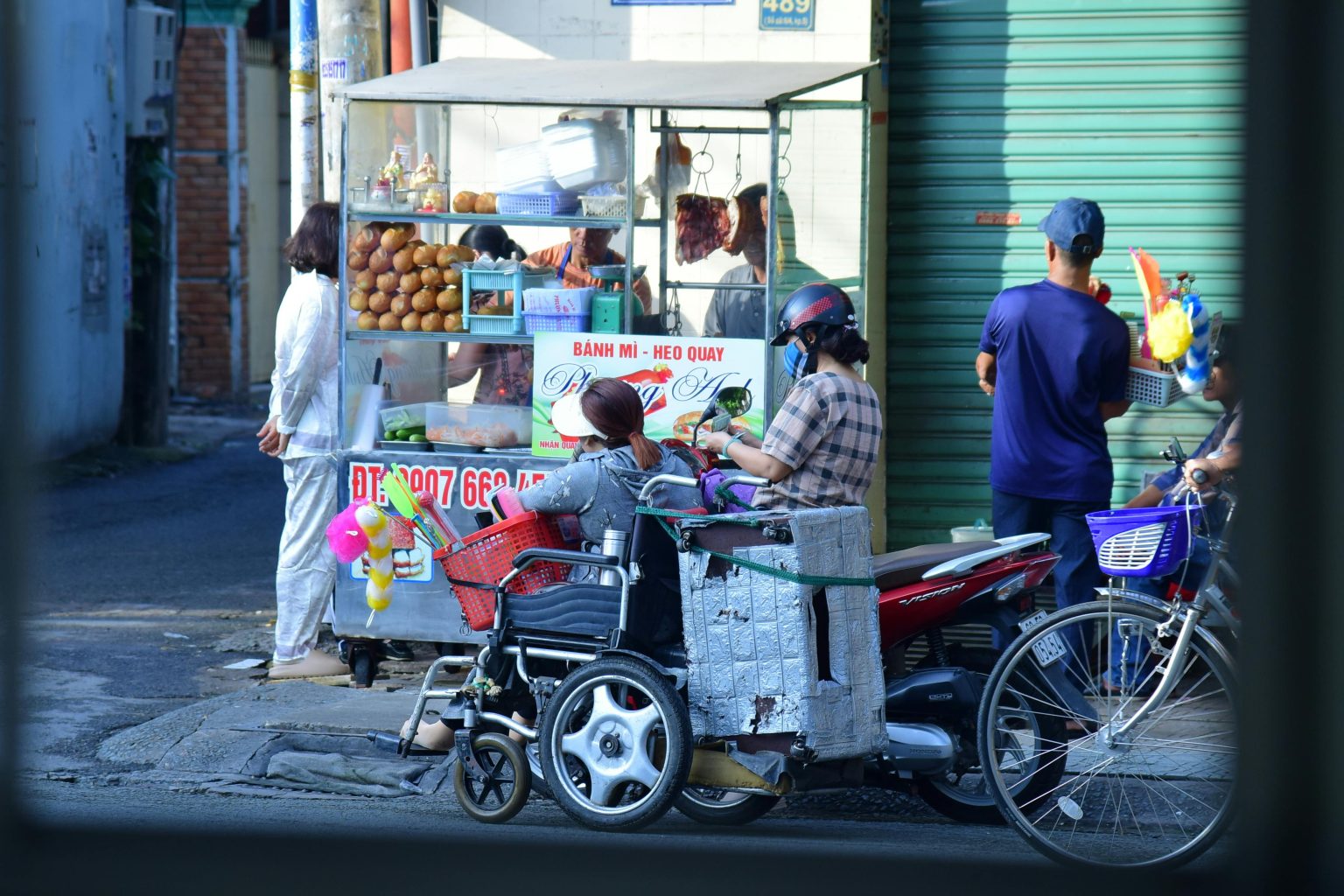Travel in Japan offers a rich mix of history, modernity, and cultural beauty. While many visit temples, gardens, and high-tech cities, one part of the experience often leaves a lasting memory—street food. From busy train stations to quiet alleyways, food stalls bring out the local flavor in every region.
These dishes are more than snacks; they reflect tradition, community, and daily life. In every corner of the country, small carts and cuisine stands serve warm meals made fresh in front of the customer. Using a Japan travel esim for maps or food apps helps locate the best stalls that can help take this experience to the next level. But why should you make the effort? Here is why.
A Closer Look at Regional Food Culture
Every region in the country brings something unique to the table. In Osaka, takoyaki—fried dough balls filled with octopus—are served hot and topped with sauces. Fukuoka is famous for its yatai stalls, where bowls of rich ramen are made to order. Meanwhile, grilled corn and butter-soaked potatoes are common in Hokkaido during festivals and colder seasons.
Food stalls often feature recipes that go back generations. The ingredients come from nearby farms, rivers, or seas, making the meal both affordable and full of flavor. In small towns or big cities, eating in public with others creates a shared experience. Street items serve as a way to connect with locals and taste the land one bite at a time.
Why Street Food Fits Busy Travel Schedules
Japan moves quickly, especially in cities like Tokyo or Kyoto. Visitors often plan packed days with sightseeing, train rides, and cultural stops. Sitting down for a long meal may not always fit in such cases. Street food provides a quick and satisfying option without slowing the day’s pace.
It is also ideal for those curious about trying several local dishes. For example, a person might grab a skewer of yakitori in one spot and then walk a few steps to try a sweet mochi dessert. Small bites let travelers enjoy variety without committing to full meals. Many food stalls operate quickly and carefully, with clear signs and clean preparation.
Technology Helps Find Hidden Gems
Finding food stalls is part of the adventure, but technology makes it easier. Travelers can use their smartphones to check real-time maps, translated menus, or reviews. Those using a Japan travel esim can access such information. This connection helps guide people toward popular stalls or quiet, lesser-known spots with local favorites.
While the smell and sound of sizzling food can lead the way, having mobile access adds confidence. It also allows for exploring areas that are not marked in guidebooks. Many travelers discover stalls tucked behind train stations or near community parks that don’t appear on standard maps. These places often turn into favorite memories.
How Seasons Shape the Food on Offer
The street food scene in the country changes with the season. Spring brings sakura-themed items like pink sweets or floral rice cakes. Summer features shaved ice with syrups or cold noodles with dipping sauces. Autumn adds grilled chestnuts and roasted sweet potatoes. Winter welcomes Oden, a warm broth filled with tofu, fish cakes, and daikon radish.
This seasonal rhythm makes each visit to the country feel different. Returning to the same city can provide new tastes depending on the time of year. It reflects how nature plays a part in daily life and eating habits. This seasonal connection is a quiet but strong part of Japanese cuisine culture.
The Role of Street Food in Local Events
Street food plays a significant role during festivals and special gatherings. During summer matsuri events, colorful stalls line the roads with offerings like yakisoba, candied apples, and grilled squid. Families, students, and visitors crowd around, eating while watching parades or fireworks. These events highlight how meals become part of the celebration.
Temples also host seasonal fairs, where people enjoy small meals between prayers and shopping. This setting blends faith, food, and tradition, allowing visitors to feel part of something deeper. The smell of incense and the sound of bells mix with frying oil and laughter. Such scenes stay in memory long after the trip ends.
Conclusion
Japan offers the chance to enjoythe act of savoring warm dishes, dishes that can be eaten on the go or shared on a bench, bringing a different experience to life. Travelers having a Japan travel esim can easily find such food joints and partake in this experience.Street food in the country is more than a meal—it is a doorway to culture, history, and real human moments. This part of the journey should never be missed for anyone exploring the country.



